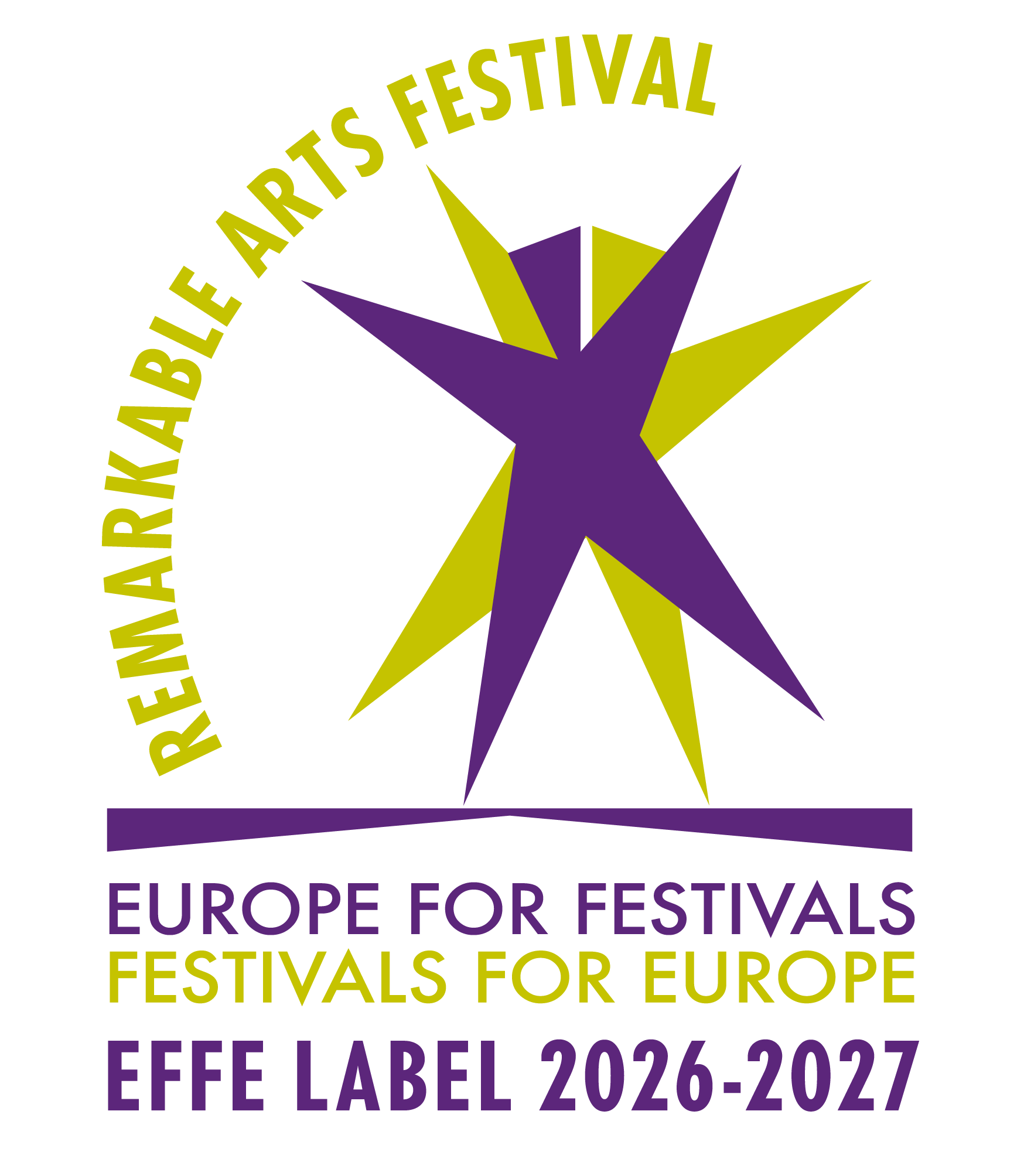East Mediterranean – Tradition and digital realities
CRISOL – creative processes | Project | Schedule | Videos | Africa – Community | East – Innovation and technology | East Asia – Form and tradition | Participants | Italian partners | International partners
The East Mediterranean itinerary came about with the relation with Lebanon (Maqamat/BIPOD, Beirut) and materialized in the encounter between the Italian artist Antonio Savoia and the Lebanese artist Stephanie Kajal, followed by Giulio De Leo (Menhir) as tutor and with collaboration of Talos Festival (Ruvo di Puglia) and of Teatro Pubblico Pugliese.
Due to the Covid-19 pandemic and the civil unrest accompanying Lebanon’s serious political, financial and social crisis, entry into the country has so far proved impossible and the itinerary has had to undergo remodelling in two stages: a first one consisting in remote preparation online between the artists; a second one consisting in in-person work with the tutor and the Italian artist and, online remote, the Lebanese artist.
In the first remote stage the artists initiated reflection on the Mediterranean as a traditional place of exchange and influence, a common cultural universe, a natural place where life and death accompany one another in a dizzy whirl, and a place of contrast between civilization/barbarism and nature. Setting out from an exchange of stories coming from their own oral traditions connected to the sea, and the sharing of individual, family and collective experiences, the artists directed their own choreographic research towards the cyclical, sinuous nature of waves and the study of repetition as a mechanism consistently generating movement and sense.
In the hybrid stage of work, inside the Ruvo di Puglia municipality’s meeting hall of the Casa della Cultura-Museo del Libro, the Associazione Menhir laid down a dance carpet. Equipped with an audio set-up, internet connection, video-projector and screen, this hall hosted the artist Antonio Savoia to enable him to put into bodily practice the choreographic concept, dialoguing with the tutor and developing the body dialogue with the Lebanese artist no longer in the private space of his own home, but in a space of creation. The Lebanese artist, on her part, created a neutral work space within her own home.
These two first stages were documented by online recordings and in-person filming from which a video was made.
The two artists investigated the theme they had chosen both from the viewpoint of a profound common reflection and by sharing elements of body practice, achieving an excellent understanding; they are strongly motivated to develop their research in future in-person encounters. From the digital reality inhabited in this long period, they intend to preserve the indirect, bi-dimensional character of the relationship on stage, thereby allowing the experience of distance and separation to sediment within the choreography.



